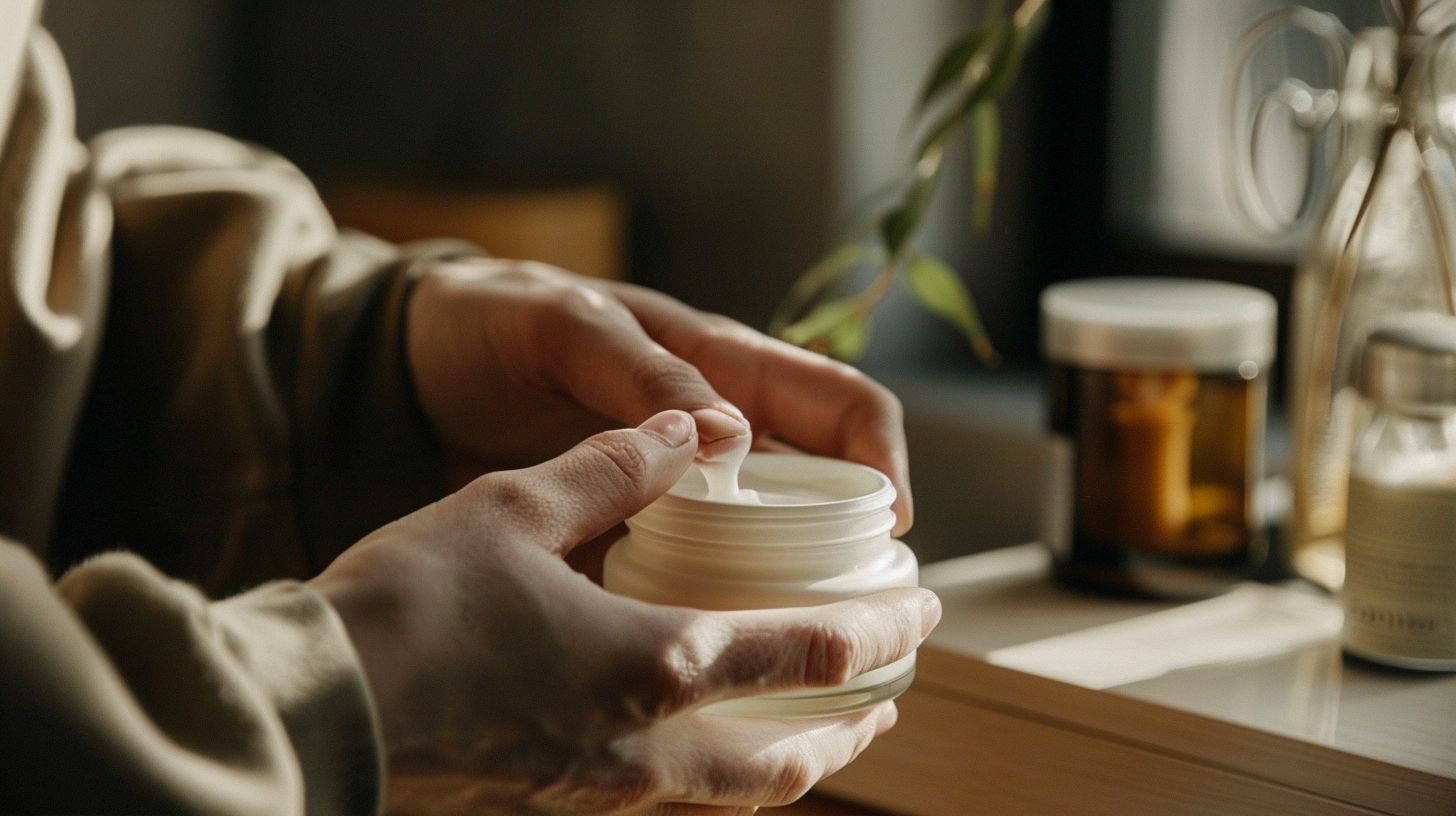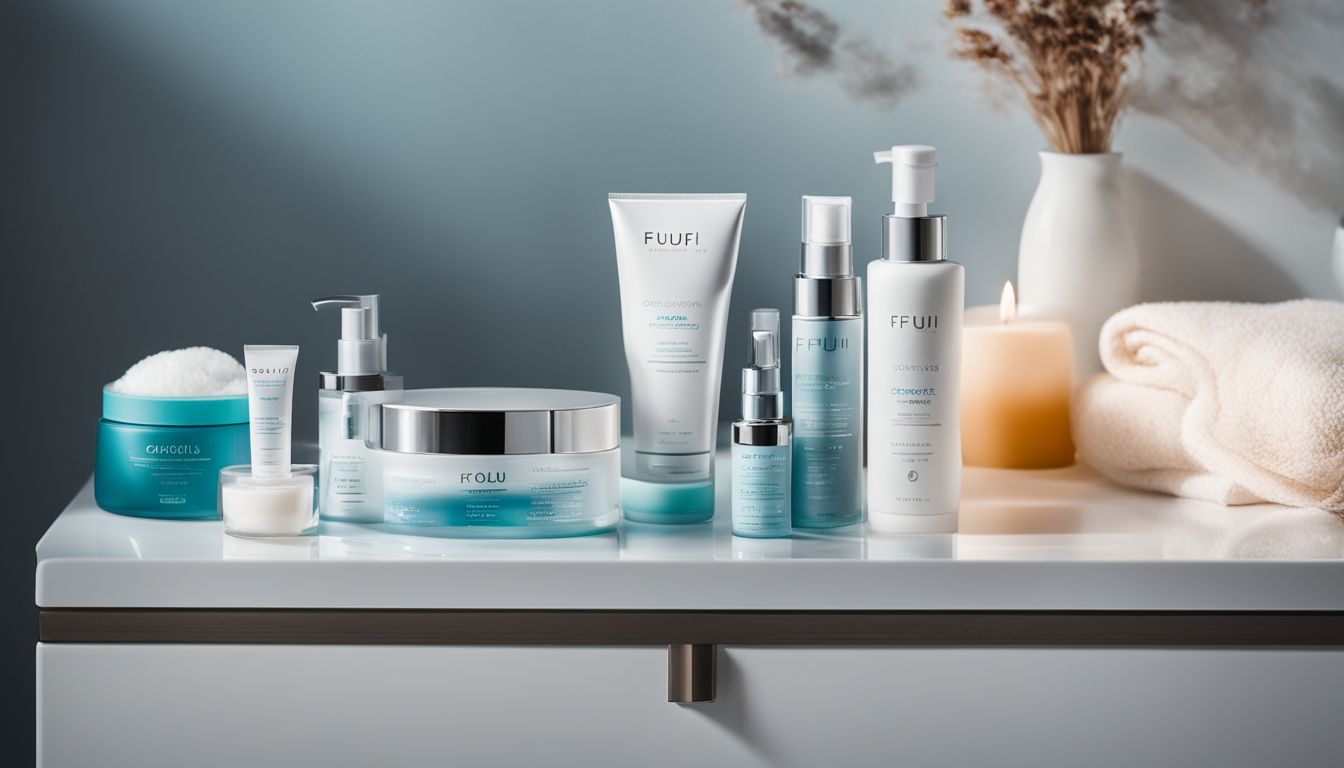Effective Cryotherapy Aftercare Tips For Optimal Healing

If you’ve recently had cryotherapy, you might be wondering about the best ways to care for your skin as it heals. Cryotherapy is a safe treatment, often requiring minimal cryotherapy aftercare, but knowing the right steps can make a difference in your recovery.
This article will guide you through effective post-cryotherapy practices that help reduce discomfort and promote optimal healing. Keep reading for comforting tips that bring relief!
Understanding Cryotherapy and Its Uses
Cryotherapy treats various skin conditions by freezing abnormal tissue. Doctors often use it for removing warts, actinic keratosis, and other precancerous lesions. It is also helpful against certain types of skin cancer, like Bowen’s disease or superficial forms of melanoma.
The extreme cold targets problematic cells without harming nearby healthy tissue.
People with chronic medical conditions like diabetes need to take extra care when considering cryotherapy. Since their wound healing can be slower, they should discuss risks thoroughly with a primary care provider before treatment.
Cryotherapy helps many achieve healthier skin with minimal scarring when managed correctly.
Key Steps to Cryotherapy Aftercare
Managing pain is crucial after cryotherapy, along with proper wound dressing to promote healing. Additionally, knowing how to handle blisters and inflammation is essential for optimal recovery.
Pain Management
Cryotherapy can sometimes cause mild to moderate pain. Here are ways to handle the discomfort after your treatment:
- Use simple pain killers like Tylenol for any discomfort. They can help reduce the sharp stinging feeling.
- Apply warmth gently where it hurts. Warm towels or heating pads work well but avoid getting too hot.
- Massage the area softly if you feel a headache coming on, especially after treatments on the scalp or forehead.
- Stay away from activities that might hurt the treated spot until it feels better. Take it easy and rest if needed.
- Skip harsh skin care products right after your treatment. Stick to gentle lotions or ointments if dryness occurs.
- Avoid putting ice directly on the affected area as this can make some side effects worse.
- Keep out of the sun and skip tanning beds to protect sensitive skin. Always use sunscreen when going outside.
- Wear loose clothing that doesn’t rub against your skin to prevent irritation over the treated area.
Wound Dressing
Once you manage the pain from cryotherapy, taking care of the site is crucial. Proper wound dressing helps skin healing and reduces scarring.
- Check the treated area every day for open wounds or scabs. If you find any, it’s important to clean them gently.
- Use a mild antiseptic like betadine to disinfect the area. This step keeps infections at bay.
- Apply petroleum jelly to keep the wound moist. Avoid using products with irritants or fragrances that can delay healing.
- Cover the affected area with a non – stick bandage to protect it from dirt and germs.
- Change the dressing regularly to maintain cleanliness. Fresh dressings prevent bacteria build – up.
- If sores or blisters develop, do not pop them. Popping can increase infection risk and slow down recovery.
- For better scar healing, consider using silicone gel as advised in your aftercare plan.
- Keep dressed wounds away from extreme heat sources such as saunas and direct sun exposure. Heat can aggravate sensitive skin areas.
- Steer clear of sunbathing until your primary care provider gives you the go – ahead. Sunblock can help shield healing skin from harmful UVA/UVB rays when approved for use.
- Avoid activities that could stretch or pull on the dressed area to prevent reopening wounds or causing bleeding.
Handling Blisters and Inflammation
After taking care of the initial wound dressing, it’s important to focus on managing blisters and inflammation. These are normal reactions as your immune system works to heal after cryotherapy.
- Keep blisters clean to prevent infection. Gently wash the area with mild soap and water.
- Cover blisters with a sterile bandage. This protects them from getting hurt or infected.
- Do not pop or puncture blisters. Breaking them open can cause more pain and slow down healing.
- Use cold packs to reduce swelling. Apply the pack for 15 minutes, then take a break for the same amount of time.
- Elevate the affected area if possible. This helps lessen swelling by improving blood flow.
- Take over-the-counter medicine if you have pain or swelling. Ibuprofen can help make you feel better.
- Watch for signs of infection like redness that spreads, warmth, or pus. See your medical care provider if these occur.
- Drink plenty of water to stay hydrated. Water helps your body heal more quickly.
- Rest the treated area to give it time to recover fully. Avoid activities that could irritate it further.
Key Takeaways
- Take pain killers like Tylenol if cryotherapy leaves you in discomfort and gently apply warm compresses to ease pain.
- Clean any wounds with mild antiseptic, use petroleum jelly, cover with non – stick bandage, and change regularly without popping blisters for proper wound care.
- Protect your skin from the sun by wearing sunscreen outside, wearing loose clothing that does not rub the treated area, and avoiding tanning beds after treatment.
- Use cold packs to reduce swelling from blisters or inflammation but don’t keep them on continuously – take breaks between applications.
- Stay hydrated with plenty of water and rest the treated area to speed up healing while watching for signs of infection.
Conclusion

In conclusion, taking care of your skin after cryotherapy is crucial for optimal healing. Remember to manage pain, dress wounds properly, and handle blisters and inflammation with care.
Following these aftercare tips will help you recover faster and promote healthier skin. Embracing effective cryotherapy aftercare practices ensures a smoother healing process and better overall results.
FAQs
1. What should I do after cryotherapy for a sunburn or skin cancer?
Keep the treated area clean and dry, protect it from the sun, and follow up with your primary care provider to check on healing.
2. Can I use creams like Retin-A or benzoyl peroxide after cryotherapy?
Avoid using products like Retin-A, Differin, Renova, benzoyl peroxide, depilatory creams or any other harsh chemicals topically until your skin fully heals.
3. Will there be scabbing after treating moles or warts with cryotherapy?
Scabbing is common after treating skin issues like verrucae (warts), moles, solar keratosis (sun damage), actinic cheilitis and actinic keratoses with cryotherapy; it’s part of the healing process.
4. How can I prevent cold sores after laser hair removal near my mouth?
Talk to your healthcare provider about preventive measures for cold sores if you’re prone to them especially when planning procedures such as laser hair removal around the mouth area.
5. What lifestyle changes can help heal faster from an adverse reaction to cryotherapy?
Adopt a healthier lifestyle by protecting your fair complexion from further sun damage and nourishing your body which may aid in optimal healing from an adverse reaction due to diagnostic cryotherapy treatments.

